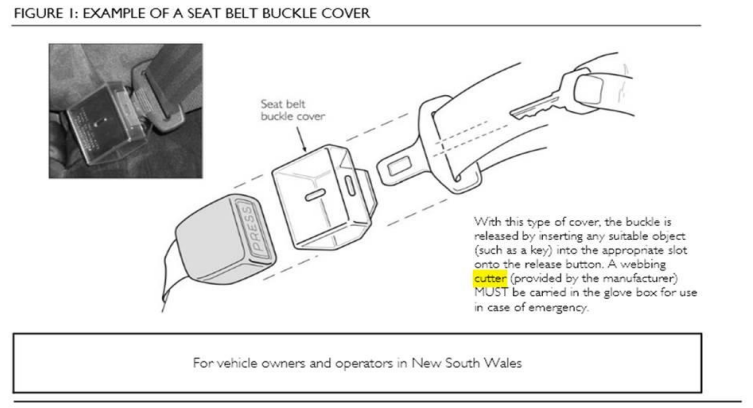Restrictive Practices Guidance
Restrictive Practices Guidance
Introduction to safe transportation and restrictive practices.

A restrictive practice is an intervention which has the effect of restricting the rights, freedom of movement, or access of a person with a disability who is displaying a behaviour of concern. Restrictive practices should be used only in limited circumstances as a last resort and not as a first response to behaviours of concern, or as a substitute for adequate supervision. We are working towards the reduction and elimination of the use of restrictive practices.
Restrictive practices include:
- Seclusion
- Physical Restraint
- Mechanical Restraint
- Chemical Restraint
- Environmental Restraint.
The NSW Government oversees authorisation of restrictive practices used by registered NSW NDIS Service Providers. The NDIS Quality and Safeguards Commission provides leadership in behaviour support and in the reduction and elimination of restrictive practices.
Does the definition of mechanical restraint include devices used for therapeutic purposes?
Use of a device to prevent, restrict, or subdue a person’s movement is not always a mechanical restraint that requires authorisation. It is not the use of a device that requires authorisation, but its use as a mechanical restraint to manage behaviour. The key point is the primary purpose of using the device.
Some devices might, or might not, be a mechanical restraint depending on why they are being used.
Use of a harness for helping a person to calm down or preventing them from engaging in voluntary violent arm movements that could injure themselves or others is for the primary purpose of addressing behaviours of concern and is a mechanical restraint. Authorisation is required.
Use of a harness in a wheelchair for postural support as prescribed by an occupational therapist is for the primary purpose of helping a person with functional activities and is not a mechanical restraint. Authorisation is not required. Use of a harness in a vehicle to prevent the person from interfering with other people in the vehicle is, if it is the least restrictive effective strategy, a device required for safe transportation and is not a mechanical restraint. Authorisation is not required.
